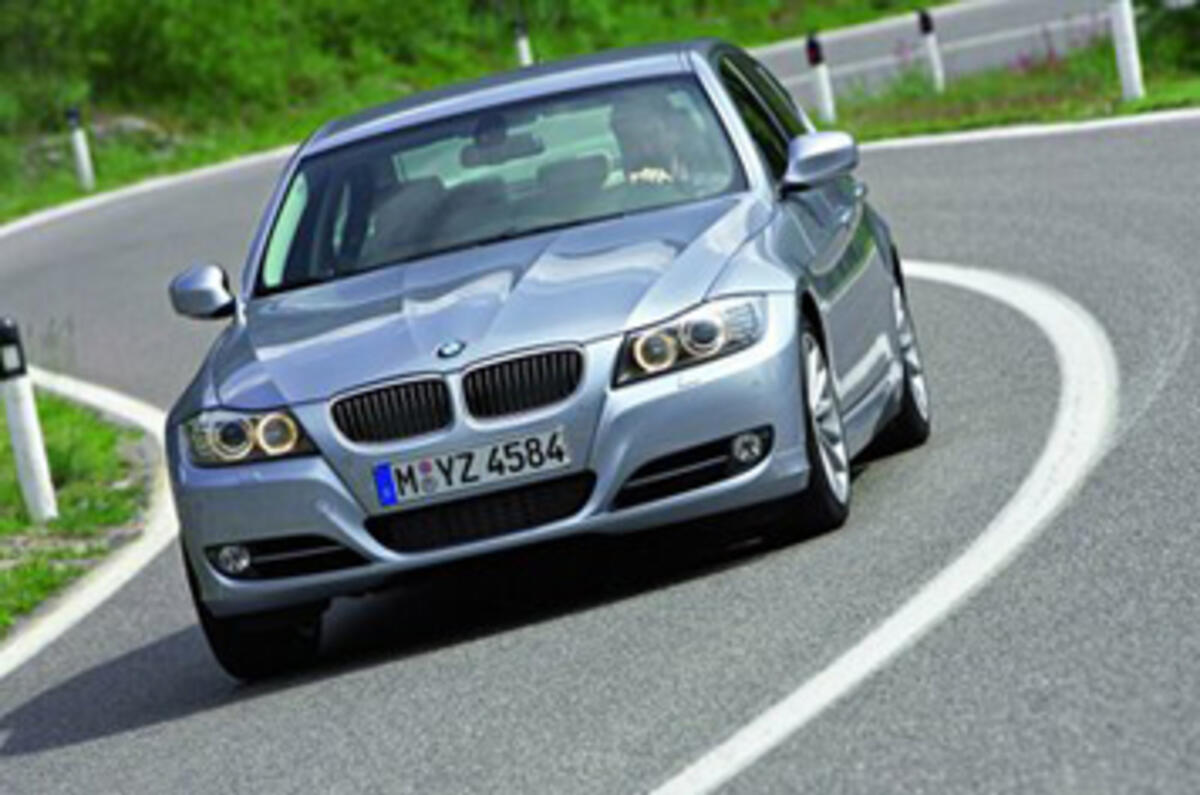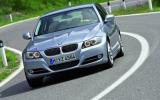What is it?
The facelifted version of BMW’s fifth-generation 3-series. BMW says it has made 2500 changes to its predecessor, which has been on sale since 2005. But this is still a facelift and not an all-new model.
Each of the steel body panels on the new 3-series apart from the newly contoured bonnet has been carried over unchanged, BMW’s designers have still done enough in altering the look of the fifth-generation 3-series to make sure the facelifted model is clearly recognisable.
Up front, there is a new interpretation of the classic kidney grille, along with bold new headlamp graphics that include LED indicators and BMW’s signature corona rings as well as an edgy new bumper.
The rear has also been reworked, with redesigned LED tail lamps combined with a re-profiled bumper to introduce a fresh new look with visual links to the BMW’s equally new range-topping 7-series.
Unfortunately, the 3-series saloon and touring won’t be getting the seven-speed double-clutch gearbox that has been fitted to the cabriolet and coupe variants.
The basic design of the interior remains unchanged. There’s a new, redesigned driver’s arm rest, and reworked switchgear in combination with BMW’s second-generation iDrive system, which now includes four individual menu buttons nestled around the a reworked rotary controller as well as a ‘back’ function to ease operation.
The 3-series has never majored on space, but the facelifted model now highlights more than ever just how much roomier the A4 and C-class have become in their latest all-new incarnations.
What’s it like?
As engaging as ever. The 3-series remains a car you could seriously consider buying on entertainment value alone thanks to the agile handling and inherent balance of the chassis, both of which provide a key part of the overall appeal.
The standard steering (a hydraulically assisted system) remains unchanged, but the suspension (BMW’s traditional MacPherson struts up front and multi-link arrangement at the rear) has been altered slightly on the six-cylinder models such as that driven here, with the rear track widening by 24mm to 1529mm.
The inherently precise feel and engaging nature of the standard steering encourages enthusiastic driving, while an impressive resistance to body roll and strong levels of grip make it fun to operate near the limits of adhesion.
There is a price to be paid for this dynamic excellence, however. Although the 3-series now runs fourth-generation run flat tyres, it can’t match the composure and sublety of the C-class for overall ride comfort.
At speed it feels nicely settled, but around town it tends to get a little ragged owing to the firm spring and damper rates and stiffness of its tyres.
We tested the 330d, with its all-new turbocharged 3.0-litre six-cylinder diesel engine.
It adopts the same cylinder bore spacing and internal design as the German car maker’s excellent 2.0-litre four-cylinder oil-burner, including the latest piezo injector system and an aluminium block that shaves 5kg from the weight of its old iron block predecessor at 185kg.



















Add your comment